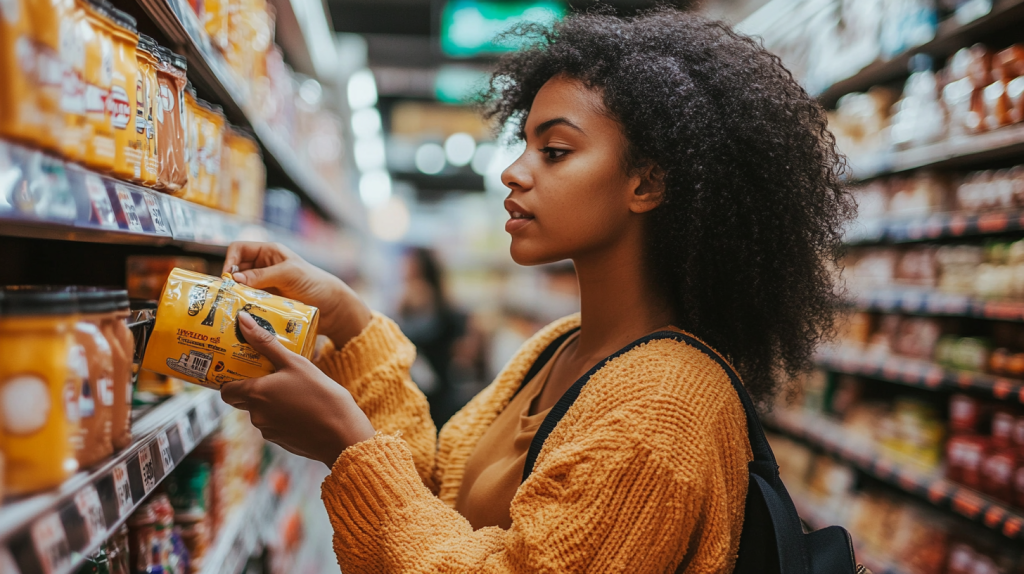Have you ever noticed how I always seem to leave the grocery store with more than I planned? It turns out supermarkets are full of subtle tricks designed to make us spend more than we intend. Everything from where products are placed to the music playing in the background is there to influence our shopping habits.
These strategies are meant to keep us browsing, buying, and loading up our carts with things we didn’t even know we wanted. Once I started understanding these tactics, I found it much easier to stay in control and stick to my budget. Here are some sneaky ways supermarkets trick us into spending more.
1. Placing Essentials in the Back
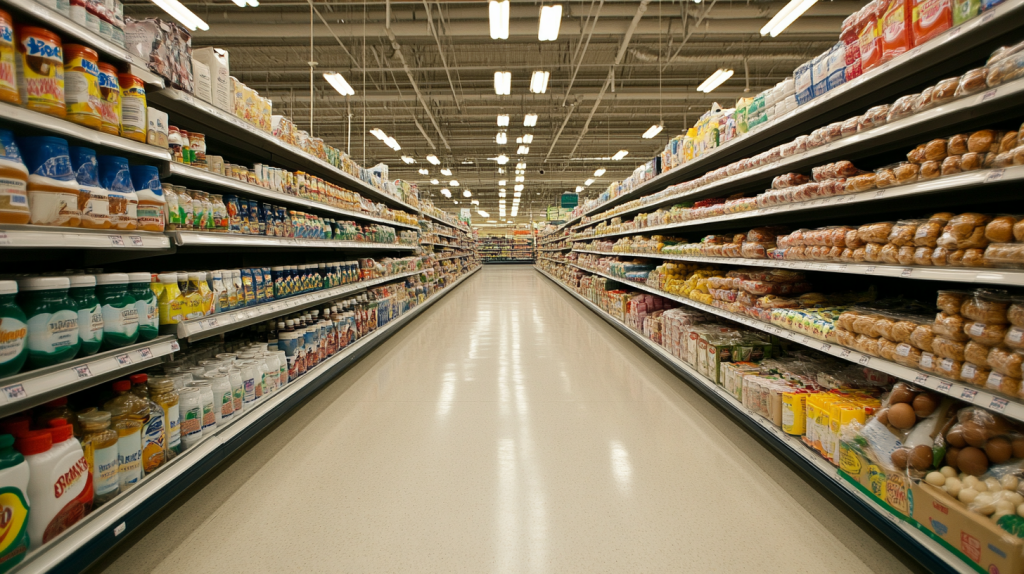
Staples like milk, bread, and eggs are usually located at the back of the store. This forces you to walk through aisles filled with tempting items you weren’t planning to buy. By the time you reach the essentials, you’ve probably picked up a few extras along the way.
2. Designing a Maze-Like Layout
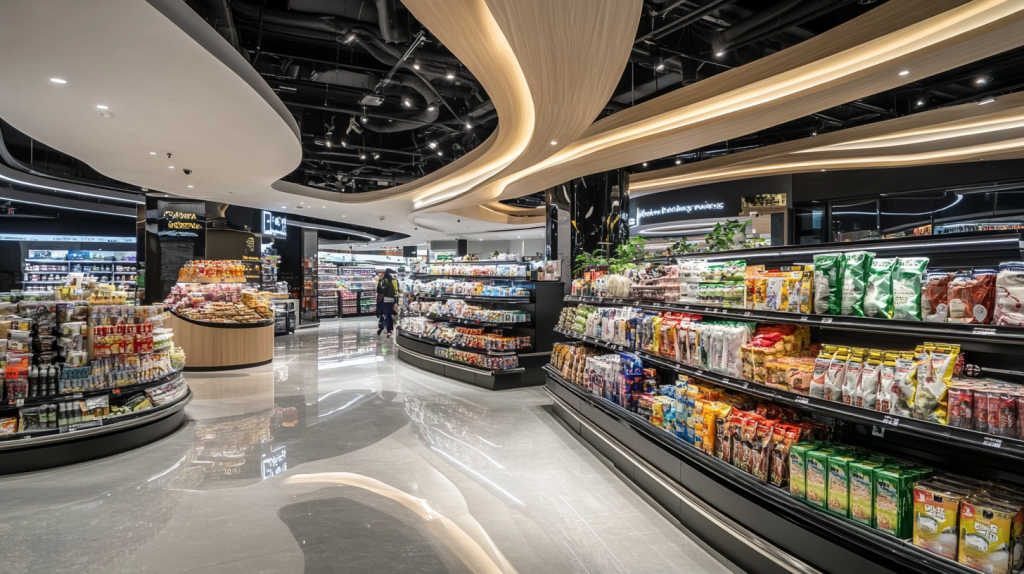
Many stores are designed to make you walk in a winding path, making it harder to get in and out quickly. This layout increases the chances of impulse purchases as you pass by more products than you would in a straightforward design.
3. Eye-Level Product Placement
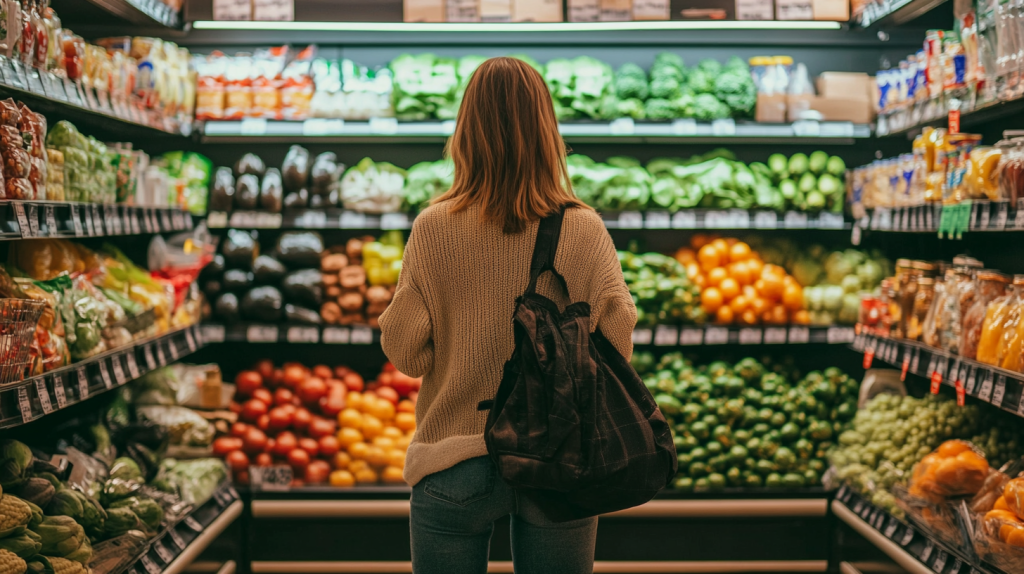
Items that are placed at eye level are often more expensive or profitable for the store. Supermarkets know that these are the first items you’ll notice, making you more likely to grab them without comparing prices or looking lower for cheaper alternatives.
4. Bigger Carts Encourage Bigger Spending
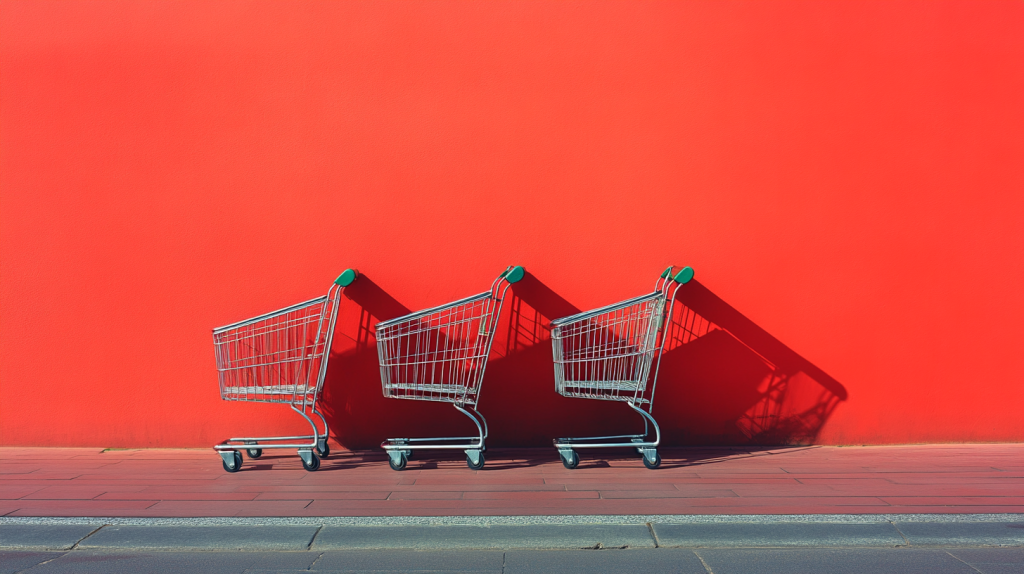
Have you noticed that shopping carts have gotten larger over the years? This isn’t by accident. Bigger carts make your purchases seem smaller, encouraging you to keep adding more to your cart to fill it up.
5. Slow, Relaxing Music
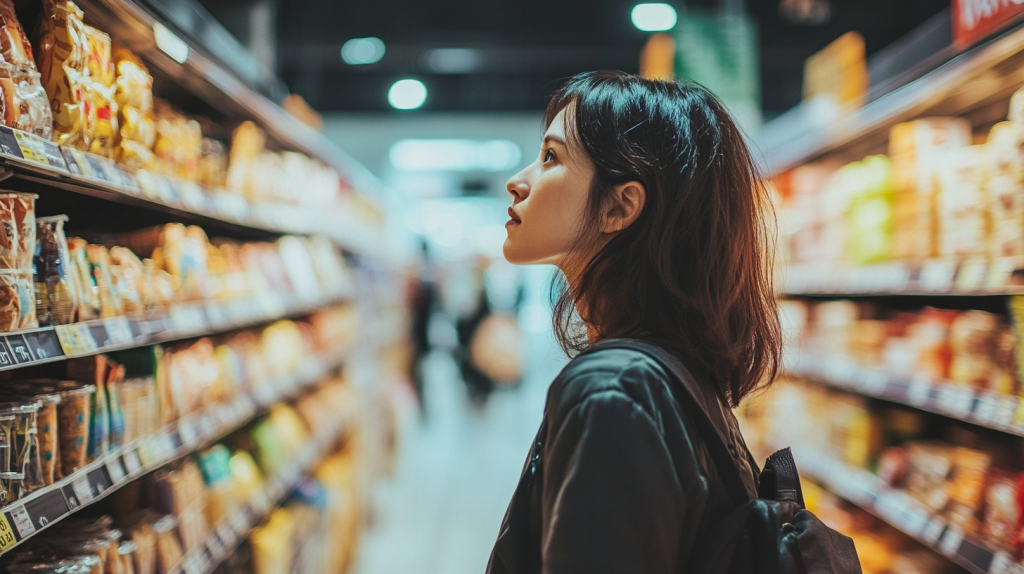
The type of music playing in a supermarket can influence how long you stay. Slow, calming music makes you shop more leisurely, increasing the likelihood that you’ll browse longer and buy more. The longer you’re in the store, the more you tend to spend.
6. Tempting Displays at Checkout
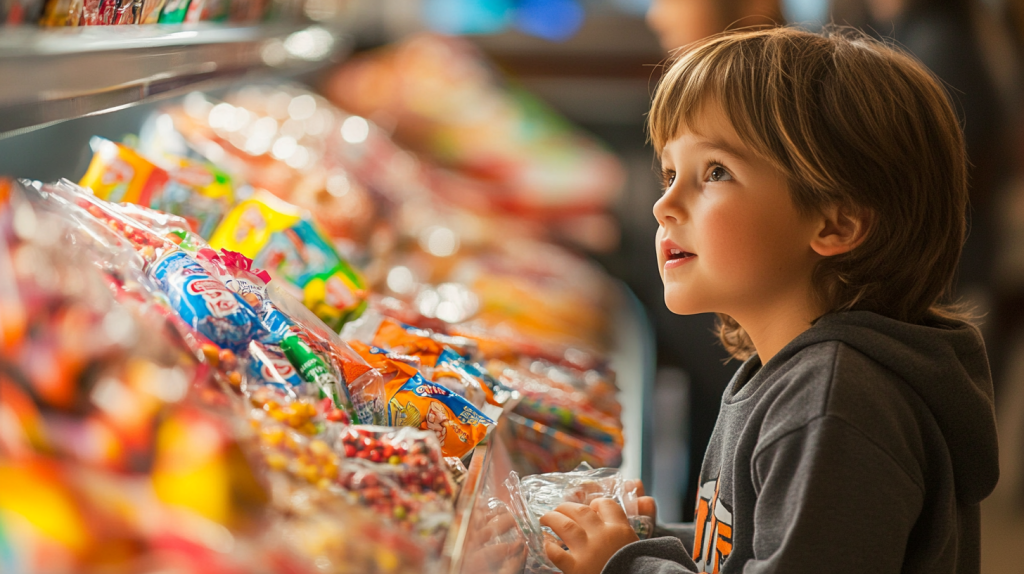
While you’re waiting in line to pay, you’re surrounded by candy, magazines, and snacks. These last-minute temptations are designed for impulse buys, especially for those shopping with children or feeling a little hungry.
7. Flashy Sales and Discounts
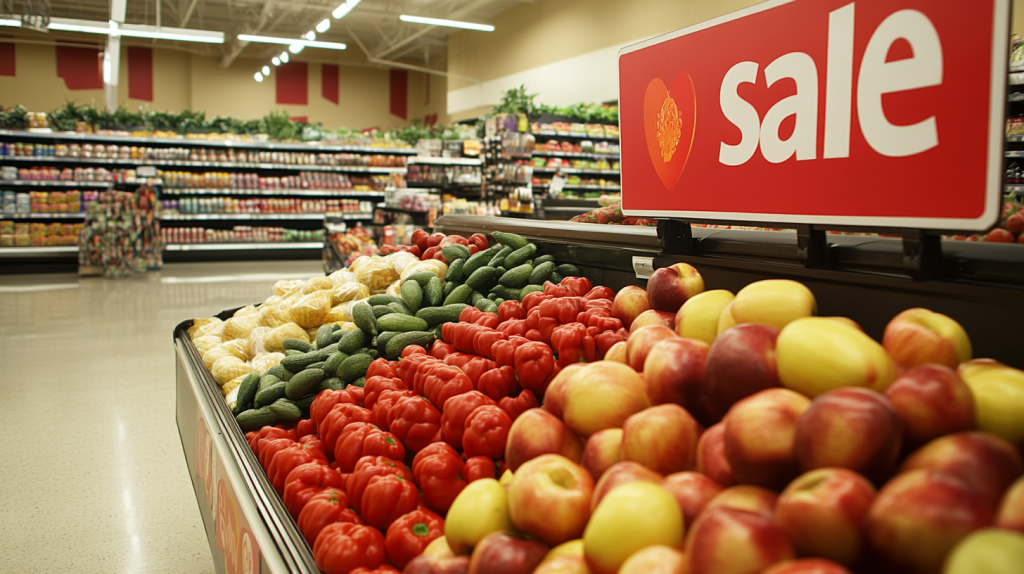
Supermarkets love to place flashy “sale” signs on items that aren’t even significantly discounted. These signs make you feel like you’re getting a deal, but often, the price isn’t much lower than usual. It’s a psychological trick to make you buy.
8. Fresh Bakery Smells
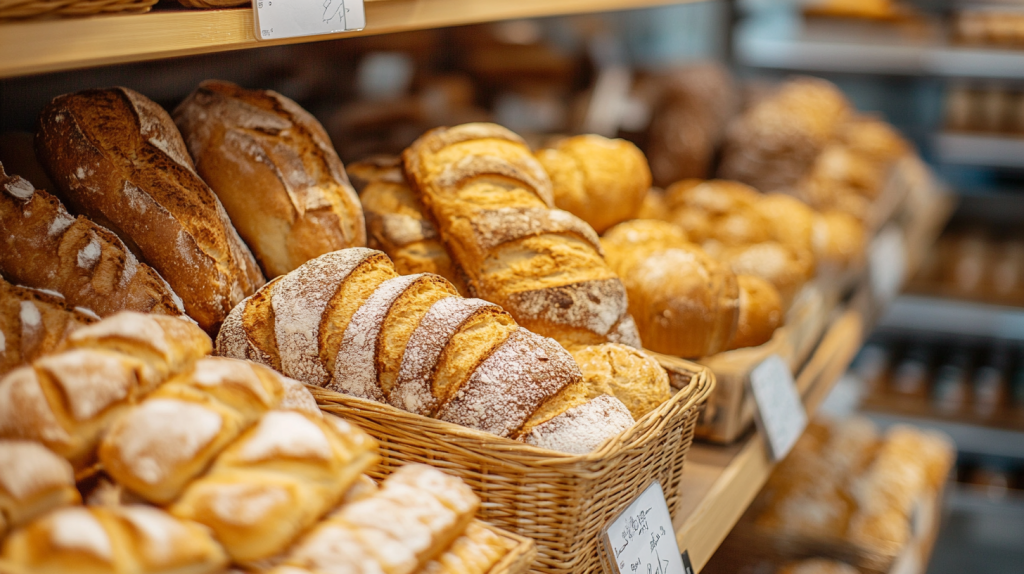
Many supermarkets have in-store bakeries that pump out the irresistible scent of fresh bread or cookies. These smells can trigger hunger, making you more likely to buy food on impulse, even if it wasn’t on your list.
9. Grouping Expensive Items Together
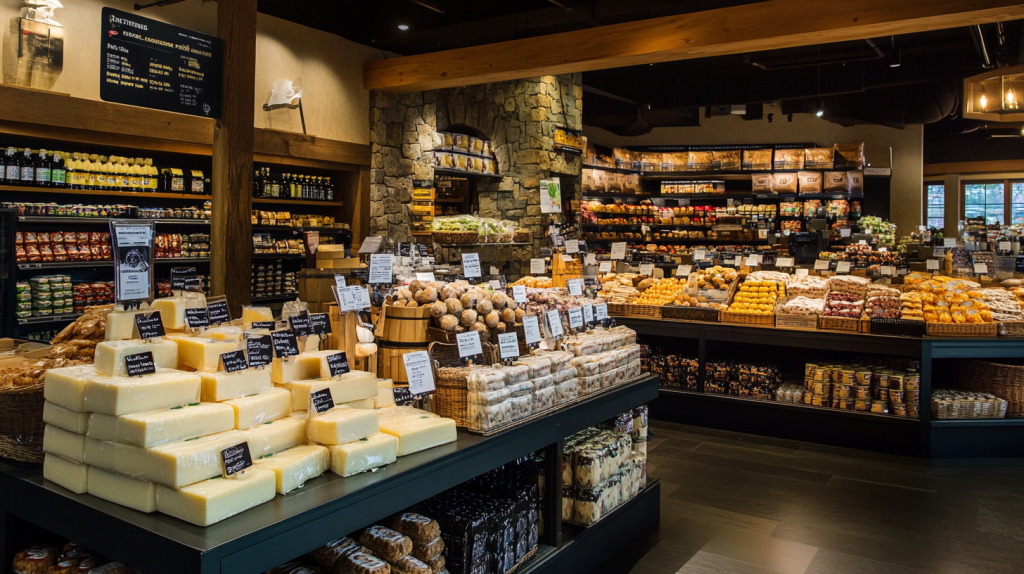
Stores will often group expensive items, like premium cheeses or gourmet snacks, in prominent, visually appealing displays. This makes you think those items go together, increasing the chances you’ll buy them as a bundle.
10. Strategic Lighting
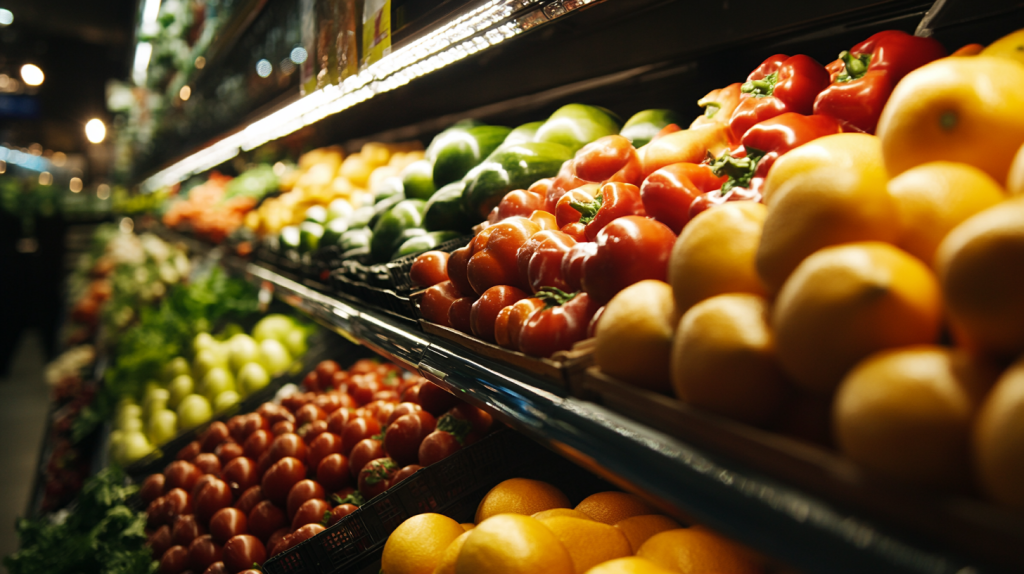
Bright, flattering lighting is used to make food look fresher and more appealing. Produce sections often have special lighting that makes fruits and vegetables look brighter and more vibrant, making you more likely to pick them up.
11. Bulk Buy Temptation
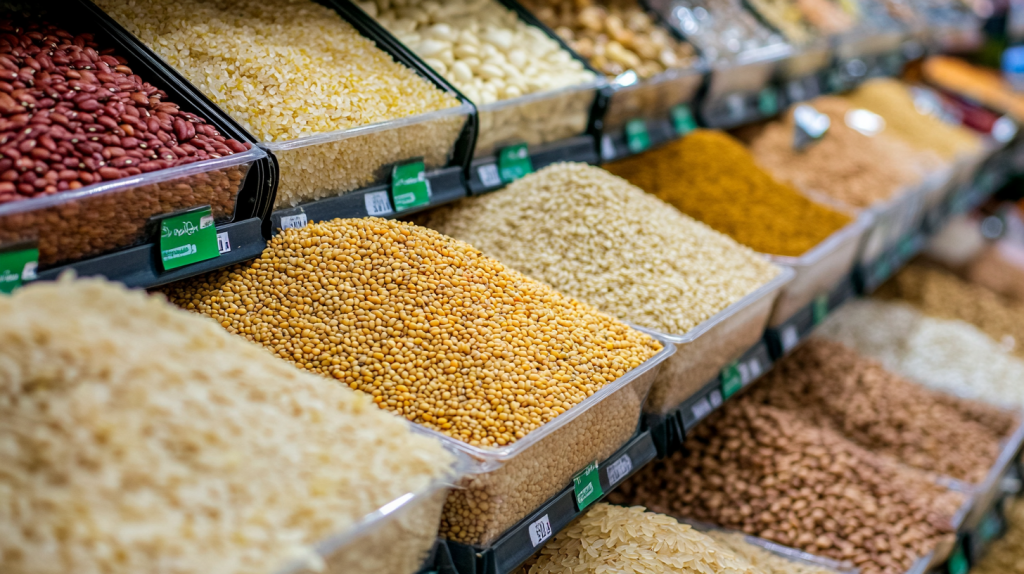
Bulk buying can seem like a great deal, but it’s often a trick to make you buy more than you need. While the price per unit might be lower, you may end up with items that go unused or expire before you can finish them.
12. Loyalty Cards and Coupons
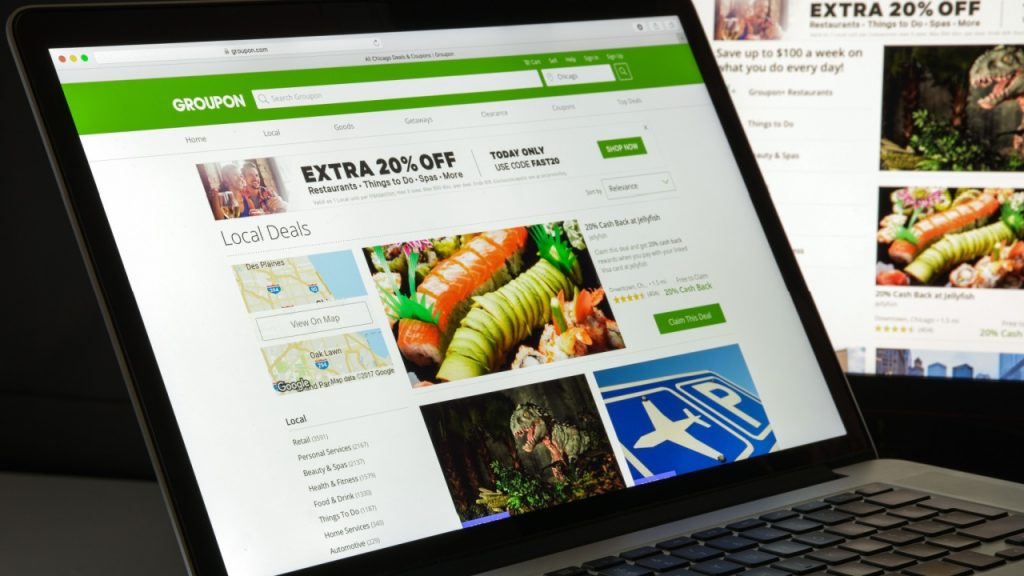
Loyalty programs and coupons make you feel like you’re saving money, but they can also push you to buy more than you intended. Often, you’ll find yourself purchasing items you don’t need just to “take advantage” of the discount.
13. Limited-Time Offers
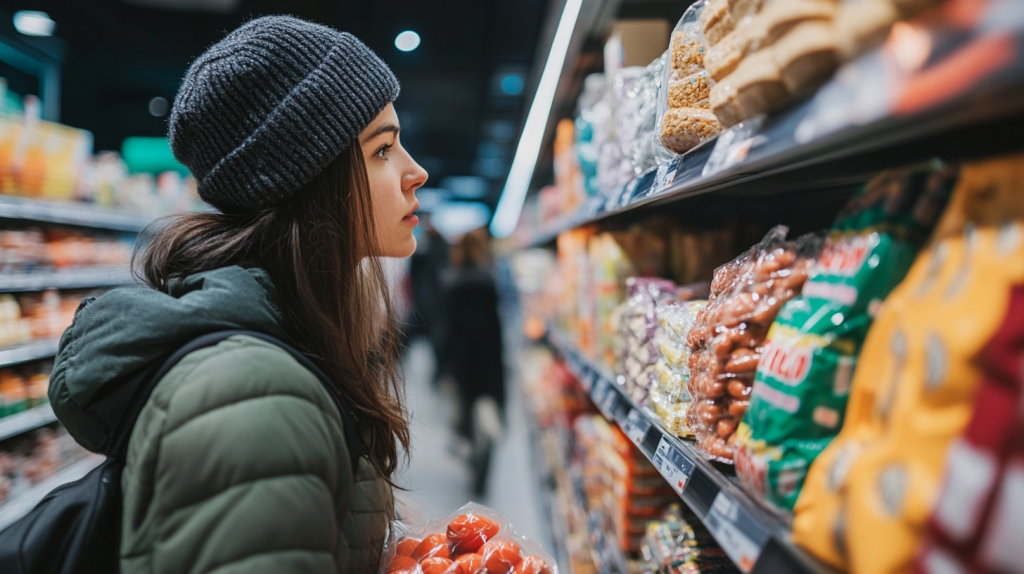
Supermarkets love using phrases like “limited-time offer” or “while supplies last.” These create a sense of urgency, pressuring you into making purchases you didn’t plan for, just to avoid missing out.
14. Placing Kid-Friendly Items at Lower Shelves
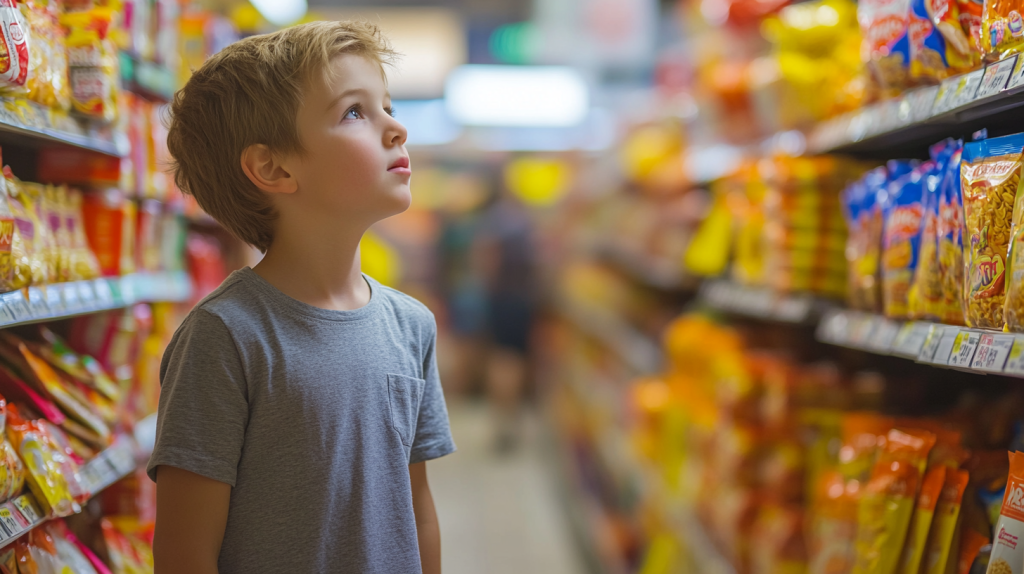
Supermarkets know that children can be powerful persuaders. That’s why items like sugary cereals and snacks are placed at a child’s eye level. This tactic increases the chances that kids will beg their parents to buy these products.
15. Placing Healthy Options Near Junk Food
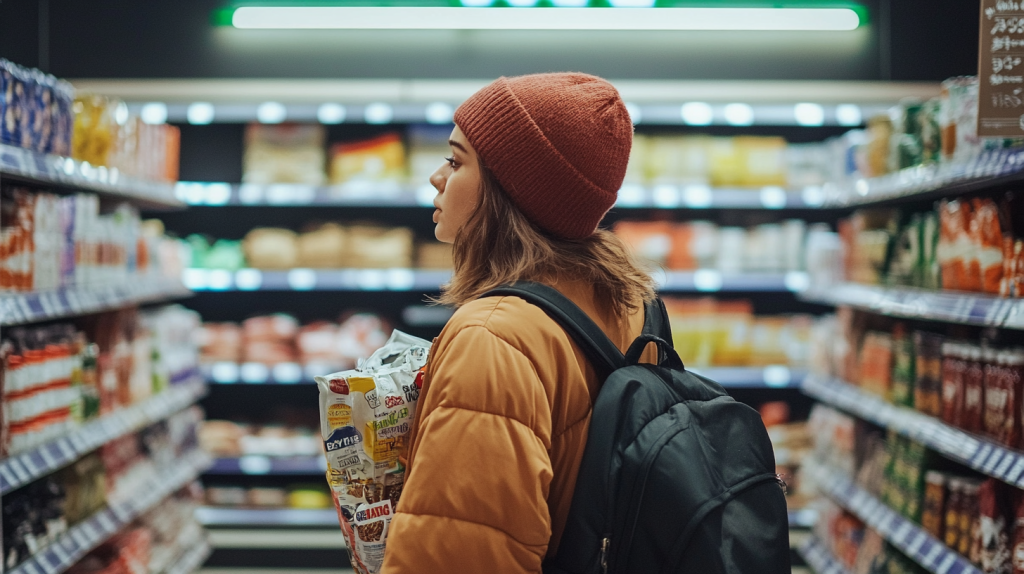
In some stores, you’ll notice that healthy foods like salads or fruit are often placed near high-calorie snacks or desserts. This setup can make it easy to justify buying something unhealthy along with your healthy choice, leading to higher spending.
21 Things Pilots Are Forbidden to Do During Flights

Have you ever wondered what rules pilots must follow while they’re in the cockpit? Being a pilot is a job that comes with a lot of responsibility and a strict set of rules to ensure the safety of everyone on board.
These rules ensure that pilots maintain the highest standards of safety and professionalism while flying. By adhering to these guidelines, they help ensure that every flight reaches its destination safely.
Read More: 21 Things Pilots Are Forbidden to Do During Flights
Ellen has been obsessed with logic puzzles, jigsaws, and cryptograms since she was a kid. After learning she was taught how to play chess wrong by a family friend (so they could win), she joined her school chess club and the rest is history.
